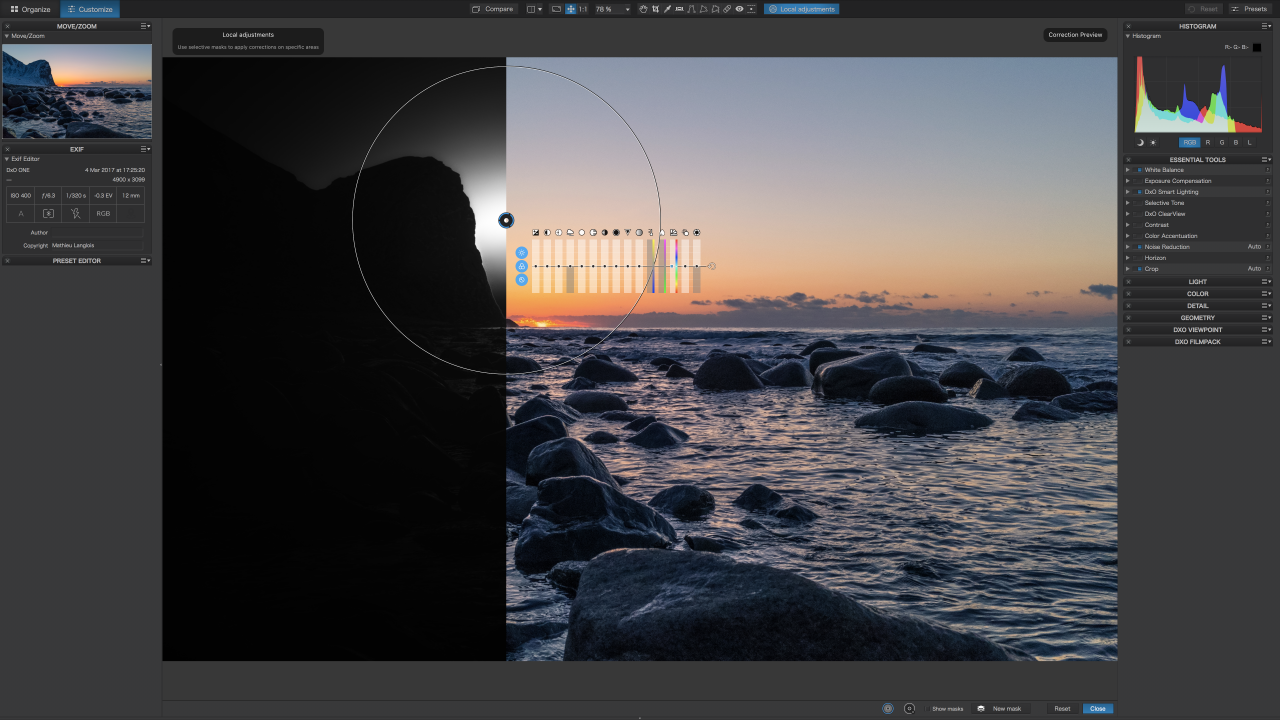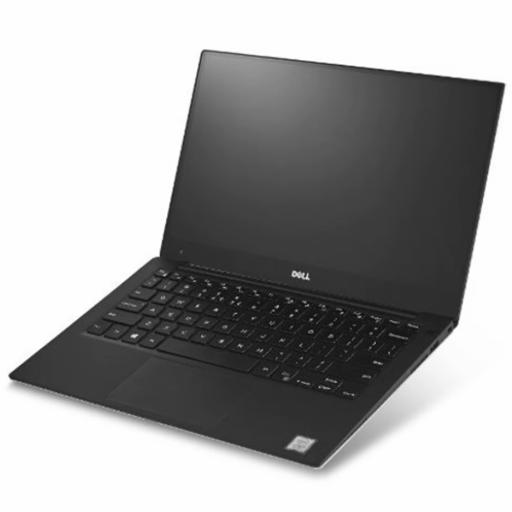

#Darktable review 2017 code#
We already introduced a handful of changes to the color management implementation in 2015, when the code was rewritten by Michael Natterer pretty much from scratch become a core feature rather than a plug-in. Additionally, we reorganized some of the settings, e.g. And since GIMP is a huge app, where settings tend to accumulate over the years, we added a vertical scrollbar to keep the height of the dialog sensible. We also made various GIMP settings resettable in the ”Preferences” dialog. See the Making settings persistent in GIMP post for more details. The user interface to adjust those settings is now live on the new ”Interface -> Dialog Defaults” page in the ”Preferences” dialog. We had to figure out a sane way for GIMP to remember last mask initialization settings, so we devised a whole new infrastructure to remember settings of various dialogs. Remembering Defaults Across Sessions, Improved Configurability ¶ Additionally, there’s a new button for that as well. Now GIMP remembers the last type of mask initialization, and you can use key modifiers + mouse click on layer previews to create, apply, or remove masks. Moreover, for people who use a lot of masks, the workflow has been streamlined. If you are interested in helping out, please talk to us.
Last year we did a basic research on that, but we don’t expect to accomplish this task in time for GIMP 2.10, unless someone contributes a very good patch. This is something we’ve been meaning to do for quite a while.

The color tags feature is currently not very useful without multiple layers selection. They are also accessible via shortcuts and available for channels and paths (we don’t expect people to use it a lot, but it was too easy to implement). Newly added color tags improve layers management and can be set via ”Layers” menu, ”Layer Attributes” dialog. The ”Layer Attributes” dialog, which hasn’t been very useful, now provides the single UI for setting layer’s name, changing blending mode and opacity setting offset in X/Y, toggling visibility, link status, various locks. Now you can just select a layer or a layer group in the ”Layers” dialog, press ”’Ctrl+C”’, switch to a different project and press ”’Ctrl+V”’. Michael Natterer eliminated one of the big issues with the clipboard: not having an easy way to copy/paste layers and layer groups from one project to another. So, what are the big user-visible changes for GIMP in 2016? Better Handling of Layers, Channels, Masks, and Paths ¶ This turned out to be true to a larger extent, and most of the work we did was under-the-hood changes.īut quite a few new features slipped in. When we released GIMP 2.9.2 in late 2015 and stepped over into 2016, we already knew that we’d be doing mostly polishing.


 0 kommentar(er)
0 kommentar(er)
